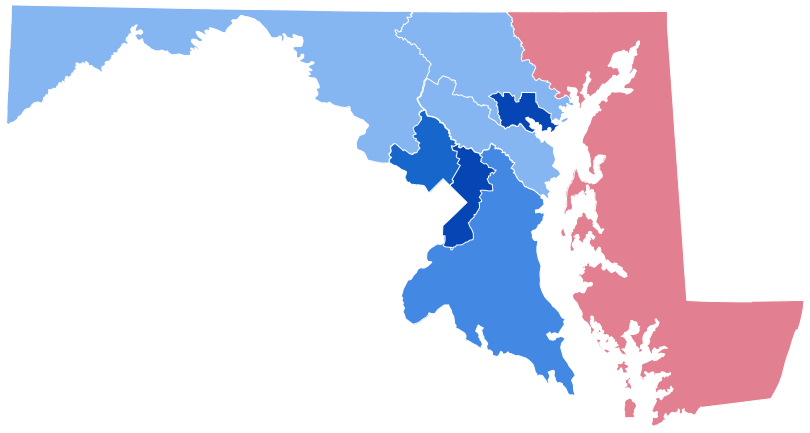CRT: Conspiracy or Critique?

Although it’s been around since the 1970s, Critical Race Theory has been the talk of the town since May 2021. It’s a hot topic, especially when associated with schools and education.
It’s suggested that CRT is a conspiracy for making White kids feel bad, but there is no evidence that it is being taught in elementary, middle, or high schools.
Nor is it a training program for diversity and inclusion, as was erroneously stated in an executive order issued by President Trump in September 2020, his “Executive Order on Combating Race and Sex Stereotyping” (E.O. 13950, 85 FR 60683).
Critical Race Theory is a specialized field of analysis of the law, a sub-niche of graduate studies in law schools. It is “critical” because it critiques; that is, it analyzes. It is not critical as in condemning, or in dangerous, or risky, or crucial. CRT evaluates merits and faults in our laws.
Following on the civil rights movement in the 1960s, legal scholars began examining our legal system to uncover the systemic biases embedded in it. This was called CLS, or Critical Legal Studies.
Law scholars found that systemic bias comes down to racism even if that word is not mentioned. The subject matter is not about the biases and prejudices of individual persons. It is more than that. CRT seeks to discover the reason(s) why the United States continues to be racist because of how its laws are written and enforced even though they don’t appear to discriminate.
By the 1980s, the term “Critical Race Theory” started to be used instead of Critical Legal Studies to refer to this type of research. CRT has expanded to include not only law, but social studies, literature, and history. A good definition of CRT is, “a collection of activists and scholars interested in studying and transforming the relationship among race, racism, and power” (suggested by University of Alabama School of Law Professor Richard Delgado, co-founder of CRT, and legal writer Jean Stefancic).
These are some of the questions that the scholars are trying to answer:
· Why do Black Americans have a higher mortality rate?
· Why is there so much police violence against Black Americans?
· Why do schools funnel Black pupils into prisons?
· Why is there not enough affordable housing?
· Why is the rate of death among Black women in childbirth so high?
In short, as Janel George writes in “A Lesson on Critical Race Theory,” Critical Race Theory is the “acknowledgement that racism is a normal feature of society and is embedded within systems and institution, like the legal system, that replicate inequality. This dismisses the idea that racist incidents are aberrations, but instead are manifestations of structural and systemic racism.”
So, why does CRT cause so much political uproar? The panic about it being taught, or going to be taught, in primary and secondary schools reveals that the public does not know that it is written for “graduate level audiences, such as those in law school or practicing lawyers, academics, and policymakers, not high school or even undergraduate students,” as explained by Stephen Menendian in “Behind the Absurd Attacks on Critical Race Theory.” It assumes the reader is already familiar with legal concepts, but a student who is not be able to understand the legal frameworks would not be able to make any sense of it.
Menendian goes on to suggest that CRT has been redefined to stand in for, or symbolize, something that the public reads and reacts to with panic or hysteria. Fox News has used the term CRT 1,300 times in less than four months. “Why? Because Critical Race Theory has become a new boogie man for people unwilling to acknowledge our country’s racist history and how it impacts the present.”
So, the real question is: Why all the histrionics about CRT now? In their article, “Why are States Banning Critical Race Theory?” Rashawn Ray and Alexandra Gibbons write, “Opponents fear that CRT admonishes all White people for being oppressors while classifying all Black people as hopelessly oppressed victims. These fears have spurred school boards and state legislatures from Tennessee to Idaho to ban teachings about racism in classrooms.”
CRT studies racism in social institutions, in the structure of those institutions, not in individuals. Individuals may end up contributing to on-going racist policies and customs whether they are conscious of what they are doing or not.
The real problem is in the social institutions: the criminal justice system, education system, labor market, housing market, and healthcare system. If we want to heal our nation of racism and discrimination, then we need to examine the racism that is, according to Ray and Gibbons, “embedded in laws, regulations, rules, and procedures that lead to differential outcomes by race. Sociologists and other scholars have long noted that racism can exist without racists.” Racism is embedded in the law.
In conclusion, school children are not being taught Critical Race Theory and couldn’t understand it if they were.
CRT is not a criticism of White persons, but of social institutions. Institutions can be analyzed to understand how racism is perpetuated, even though individual people may not consider themselves racist.
However, the idea of teaching about race in the schools disturbs many people. Children see discrimination around them, and they realize that life is better for Whites, but they don’t know why. Teachers try to explain even though they don’t quite understand it themselves. College students are upset about how little they have been taught about it. They are upset with their parents, teachers, and schools for not adequately explaining this situation to them.
As Ray and Gibbons say: “If we love America, we should want it to be the best it can. Rather than run from the issue of racism in America, we should confront it head on. Our kids and country will be better for it.”
We can find good ways of doing this, but not by pretending it doesn’t exist.
“Making laws outlawing critical race theory confirms the point that racism is embedded in the law.”
—Victor Ray (sociologist)
Sources:
“A Lesson on Critical Race Theory,” ABA Journal, vol. 46, no.2, Janel George, January 11, 2021
“Behind the absurd attacks on ‘Critical Race Theory’,” Berkeley Blog: Politics and Law, Stephen Menendian, July 14, 2021 https://blogs.berkeley.edu/2021/07/14/behind-the-absurd-attacks-on-critical-race-theory/
Critical Race Theory, Wikipedia
https://en.wikipedia.org/wiki/Critical_race_theory
Critical Race Theory, frequently asked questions, NAACP LDF
https://www.naacpldf.org/critical-race-theory-faq/
“Why are states banning critical race theory?” Brookings, Rashawn Ray and Alexandra Gibbons, November 2021 https://www.brookings.edu/blog/fixgov/2021/07/02/why-are-states-banning-critical-race-theory/
Jeanette E. Sherbondy is a retired anthropology professor from Washington College and has lived here since 1986. In retirement she has been active with the Kent County Historical Society and Sumner Hall, one of the organizers of Legacy Day, and helped get highway /historical markers recognizing Henry Highland Garnet. She published an article on her ethnohistorical research of the free Black village, Morgnec.
Common Sense for the Eastern Shore







